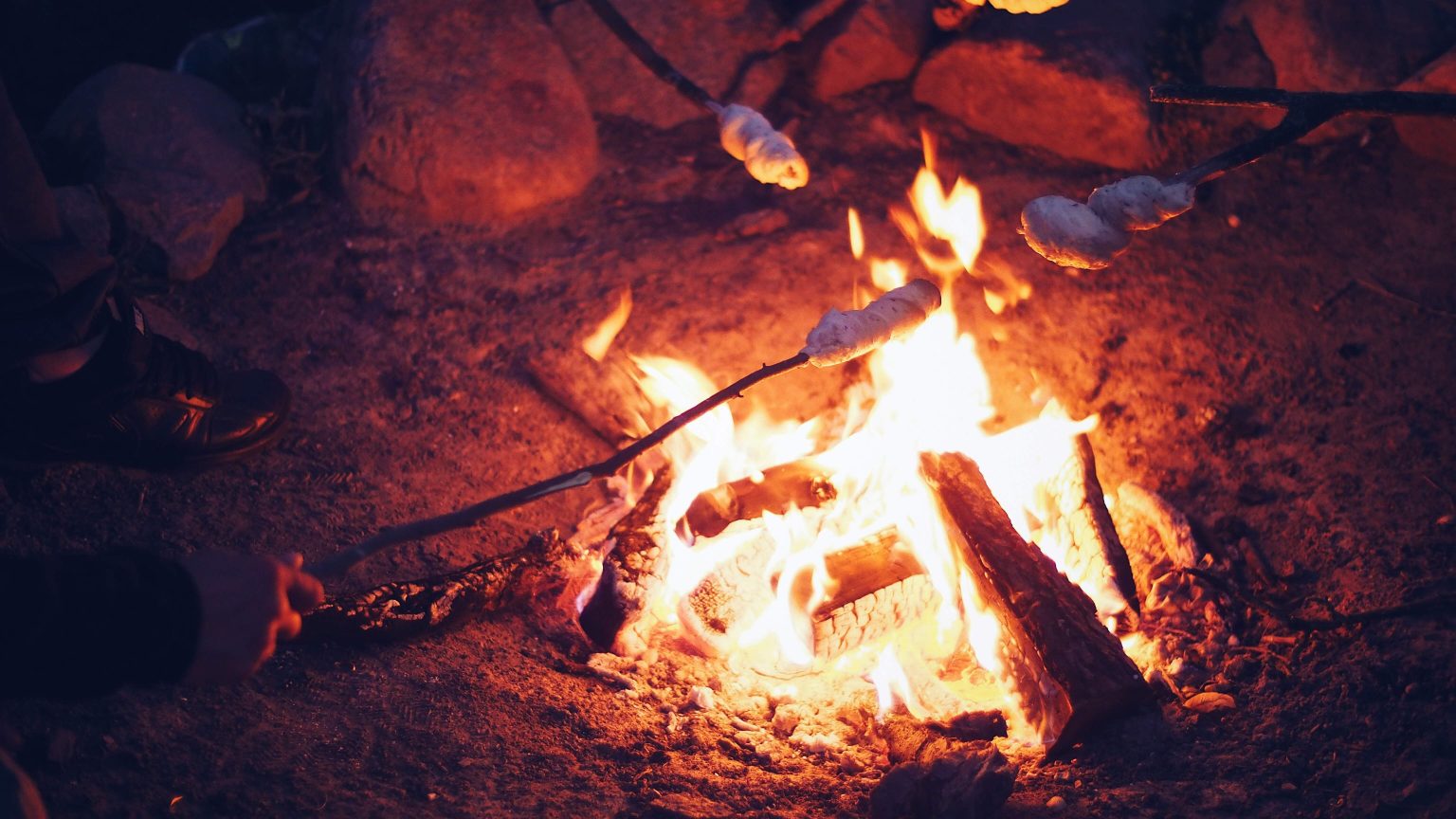When the weather gets warmer in the UK, there are few things that Brits love more than firing up a BBQ and throwing some sausages and burgers on the grill. Research collected by the National BBQ Week found that the average number of BBQs hosted per family has risen to over 10 in 2023, compared to 2.5 around a decade ago.
This means that with BBQs continuing to rise, you’ll need to make yours stand out among your family and friends’ gatherings. For this, we’re looking to our neighbours over the Atlantic in the US to see how they have mastered BBQ through firewood to add flavour to our alfresco favourites.
Stephen Talbot, sales director at Logs Direct, the leading local log suppliers in the UK, want to encourage BBQ enthusiasts to push the boat out and experiment with the different woods you can use to make your next cookout something special. They’ve provided this helpful guide on how to get started with adding extra flavour to your BBQ favourites.
Can you use any wood?
The most important thing to note when smoking meat with wood is to go for the driest wood you can. Wet wood will cause the smoke to be too heavy for your food and will make it taste overly smoky and bitter. Kiln-dried logs are ideal as they’ve been dried to the point where the moisture content is low.
Hardwood is also preferable over softwoods which burn too quickly to effectively smoke your food. These woods also have a significant presence of oils, sap, and resin, which can cause a bitter aroma to filter into the meat.
Each type of wood will also have different flavour profiles that can range from sweet and mild to prominent and earthy. These can get quite in-depth, but there are plenty of guides on what sort of flavour you will get from each particular wood.
How should you pair your wood to your meat?
Pairing the right wood with the meat you’re planning to smoke will come down to how heavy and dense the meat and flavours are. For meats with a lighter flavour that are more delicate to cook, going lighter on the wood and flavour means you’ll get the perfect blend of the flavour with the enhancement of the smoky accents.
Lighter and less dense meats would equate to things like fish, seafood, and poultry, which tend to have a more subtle flavour when fresh. This makes light woods like apple and cherry the best choice, as the flavours they produce are milder and often sweet, to not overpower the original flavour.
There are some meats that stop halfway between light and dense, such as turkey and lamb, which have distinct flavours and specific internal temperatures to be cooked and safe. There are a variety of woods that can work to accent these flavours and textures, so why not try experimenting with oak or pecan that can handle both light and dense meat?
Meats like pork and beef are denser and have more pronounced flavours, so stronger woods like walnut and mesquite are the ideal pairing to cut through and add a new element to them. But be advised; too much wood will overpower the natural flavours. Remember that too much of a good thing isn’t always a positive!
Controlling the heat and intensity
When building your fire on your grill, the important thing to establish is different heat zones so you can better control the contact to heat. This means you can move your lit wood to an area of your grill so you can choose whether your meat is on direct or indirect heat.
Keeping the meat off heat means it will get more smoke exposure and cook it low and slow without getting overcooked or burnt on the outside. When cooking over the flame, embers are advised as an open flame is used more to sear and finish the meat.
Experiment and get creative!
The best part of home cooking is that there are no rules. The only real limit to your creativity is yourself, and BBQ is no exception. There might be two kinds of wood that you have and need to use up, so why not play around with the flavours you get from using logs from both and experimenting with the ratios of each that you use?



